Anna and Silvia, neuropsychologists at AVAN, explain how they carry out the prevention of cognitive decline in healthy people through the Neurogym and NeuronUP program.
The work of Fundación AVAN
At Fundación AVAN we work to improve the quality of life of people affected by neurological diseases, offering support to family members and their environment. We work with patients who suffer the consequences of having experienced a brain injury or a neurodegenerative disease. In addition, we work with healthy people with the aim of preventing cognitive decline. We address treatment through a multidisciplinary team, which offers the services of speech therapy, physiotherapy, neuropsychology, occupational therapy and psychological support.
Neurogym Program
We currently live in a society where its pace means the general population is subjected to different sources of stress that interfere with our daily functioning, both physically and cognitively and emotionally. If we add to this the fact that normal aging entails a series of changes at the brain level, it leads us to the need to prevent this cognitive decline or degenerative process by stimulating brain cognitive functions in the same way that our body asks for a certain degree of activity to maintain functionality.
For this reason at AVAN we offer the Neurogym program, led by a neuropsychologist. The overall objective is to improve a person’s cognitive performance through the carrying out of different activities that enhance and maintain mental functions and prevent cognitive decline.
How is cognitive decline prevention carried out?
The program is divided into four blocks:
In the theoretical block the aim is to provide information about different aspects that may be related to our brain health, such as how our brain works, cognitive functions, healthy nutrition, physical exercise, assertive communication or emotional intelligence among others.
In the cognitive block we work to prevent or slow down the cognitive decline that occurs because of the normal aging process, stress or the presence of possible neurodegenerative pathologies, basing ourselves on brain plasticity and cognitive reserve processes, through cognitive stimulation exercises that help improve attention and memory, acquire new learning, improve cognitive flexibility or speed up the problem-solving process.
Throughout the psychomotor block psychomotricity exercises are carried out where the goal is to work on higher mental functions through movement, while also emphasizing the importance of physical exercise to improve our brain health.
In the emotional block techniques are taught to reduce stress (relaxation techniques, mindfulness…). The objective is to achieve improvements in mood and quality of life. And all of this with the aim of being a dynamic and playful program where, besides improving brain health, participants have fun.
It is a program aimed at any young and/or adult person who wants to improve and stimulate their cognitive performance and prevent cognitive decline. Users must be able to read and write and not suffer from any neurological disease that could justify cognitive deficits, nor have physical limitations.
At the start of the sessions we carry out a cognitive assessment to establish each user’s baseline level, and a final or follow-up assessment to see progress.
Neurogym and NeuronUP for the prevention of cognitive decline in healthy people
The NeuronUP platform has become a very useful tool for planning the activities of our program for the prevention of cognitive decline. In addition, because the activities are presented attractively, they are very entertaining and provide that more playful aspect that we always look for in the sessions. We use it by projecting the image onto a screen with a projector.
NeuronUP session for the prevention of cognitive decline
Here we present an example of a session using the NeuronUP platform.
Alertness and attention activity
We like to start with an exercise to work on alertness and attention. On this occasion, we have chosen the digital activity Maze with alternate instructions. We can start from the difficult levels up to the advanced ones. Being group-based, we can opt for two versions:
- Alternately, each group member says which way they would move.
- One member of the group starts the Labyrinth until they make a mistake. Then, they pass the turn to the next teammate.
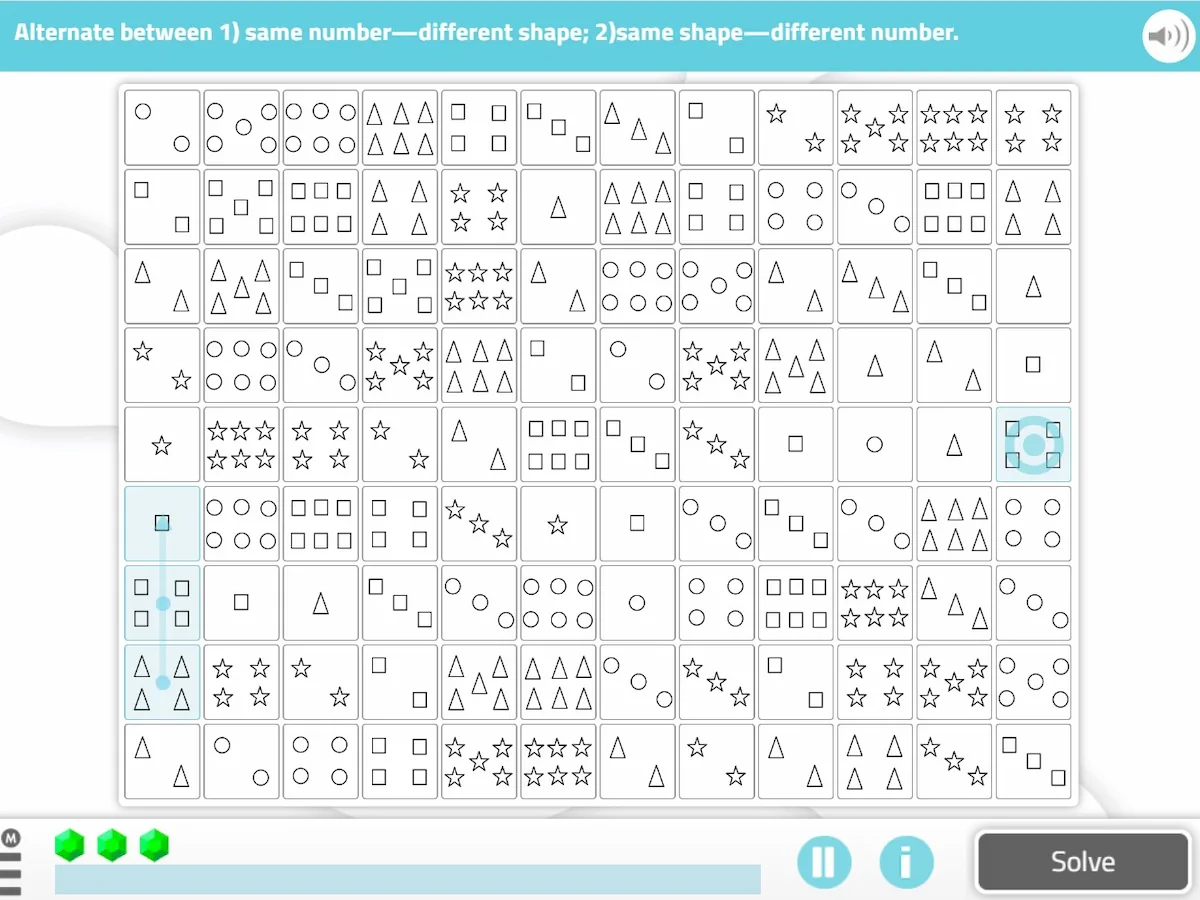
If we reduce the number of allowed errors and only mark it at one, we add a memory component, since if the route is memorized it is easier to reach the end when the teammate makes a mistake.
Memory activity
To work on memory we use the digital activity Orchestra Conductor. Before starting the activity itself, a different instrument can be assigned to each group member that they must remember. If there are more members in the group than instruments, the same instrument can be given to more than one person. If there are fewer members, more than one instrument can be given to each person or a specific instrument can be assigned to the whole group.
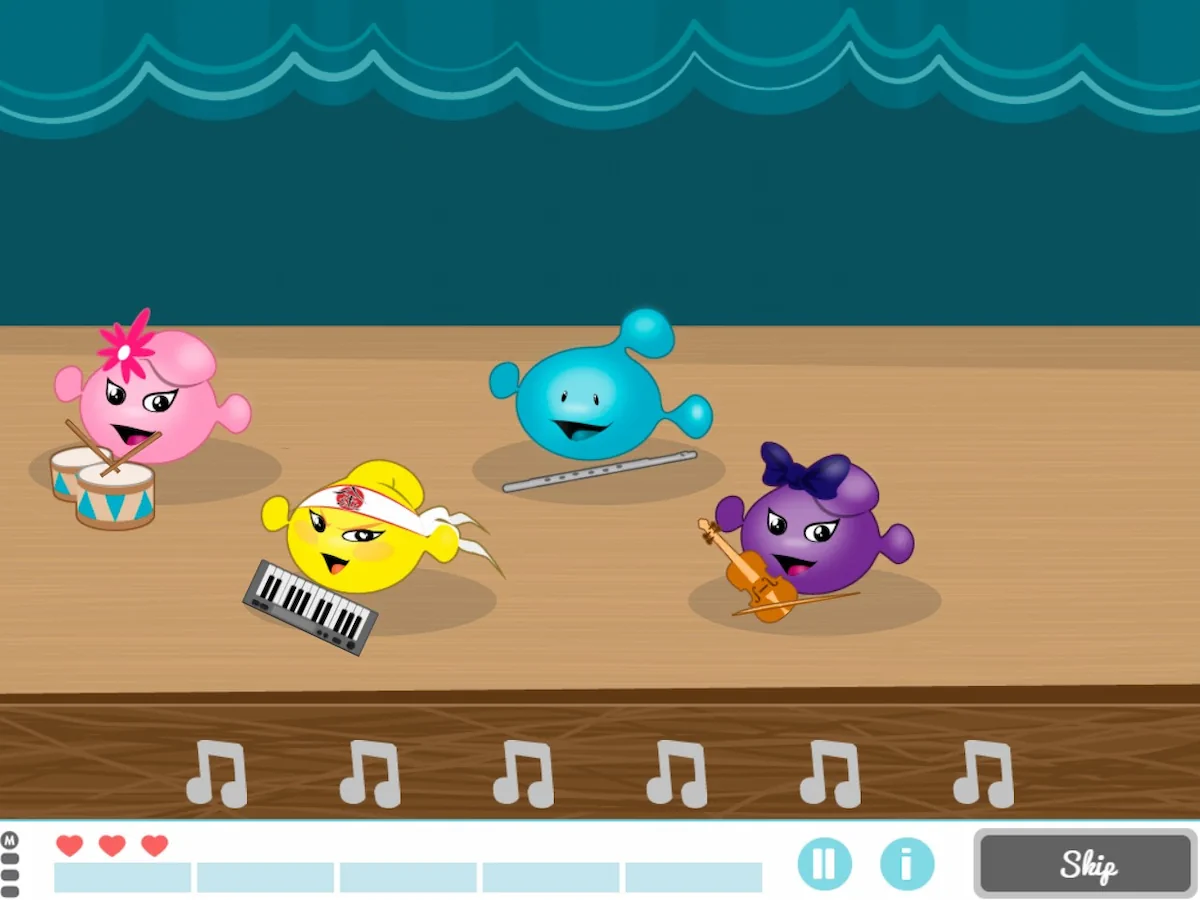
Once the exercise starts, when it is time to give the exercise response, instead of saying it out loud we ask the person who had been assigned the instrument in The Correct Order to stand up from their chair. The professional leading the group will handle the computer mouse according to the answers given. The task can be made more difficult by changing the instruments assigned to each person after a few exercises.
Inhibition and attention activity
To conclude the session, we can work on response inhibition and sustained attention through the paper activity Name Exchange on Signal. We will use it projected on the screen, thus adding difficulty to the task. If preferred, it can also be printed on paper and each group member given their corresponding sheet; in this way it is easier, as it allows them to better follow the order with a finger.
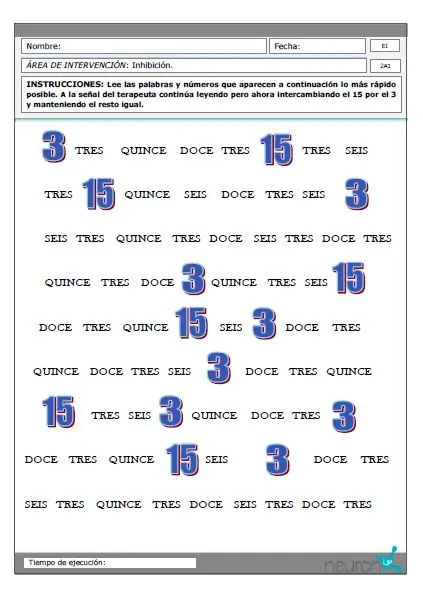
Before starting, we assign a specific order to the group members. We can do this according to the order in which they are seated at the table (easier) or establish an order randomly (more difficult). Once this is done, we have them say the items one by one in the established order until the therapist gives the change command, where they must swap their response. If preferred, it can be modified to ask them to change the instruction each time the row changes.
Conclusions
Our brain, like our body, needs constant training to maintain its cognitive abilities, preserve them and increase them. The Neurogym and NeuronUP programs combine perfectly for the prevention of cognitive decline in healthy people.
If you liked this post about the prevention of cognitive decline in healthy people, you might be interested in these publications from NeuronUP:
“This article has been translated. Link to the original article in Spanish:”
La prevención del declive cognitivo en población sana
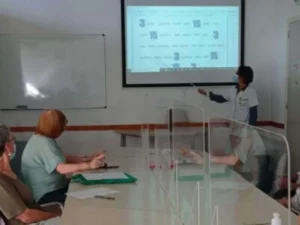

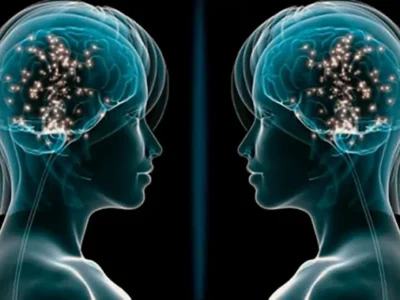
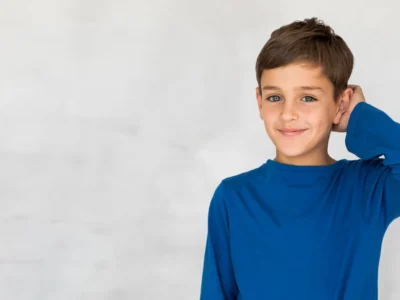



 Visual Gnosis Activity for Adults
Visual Gnosis Activity for Adults
Leave a Reply